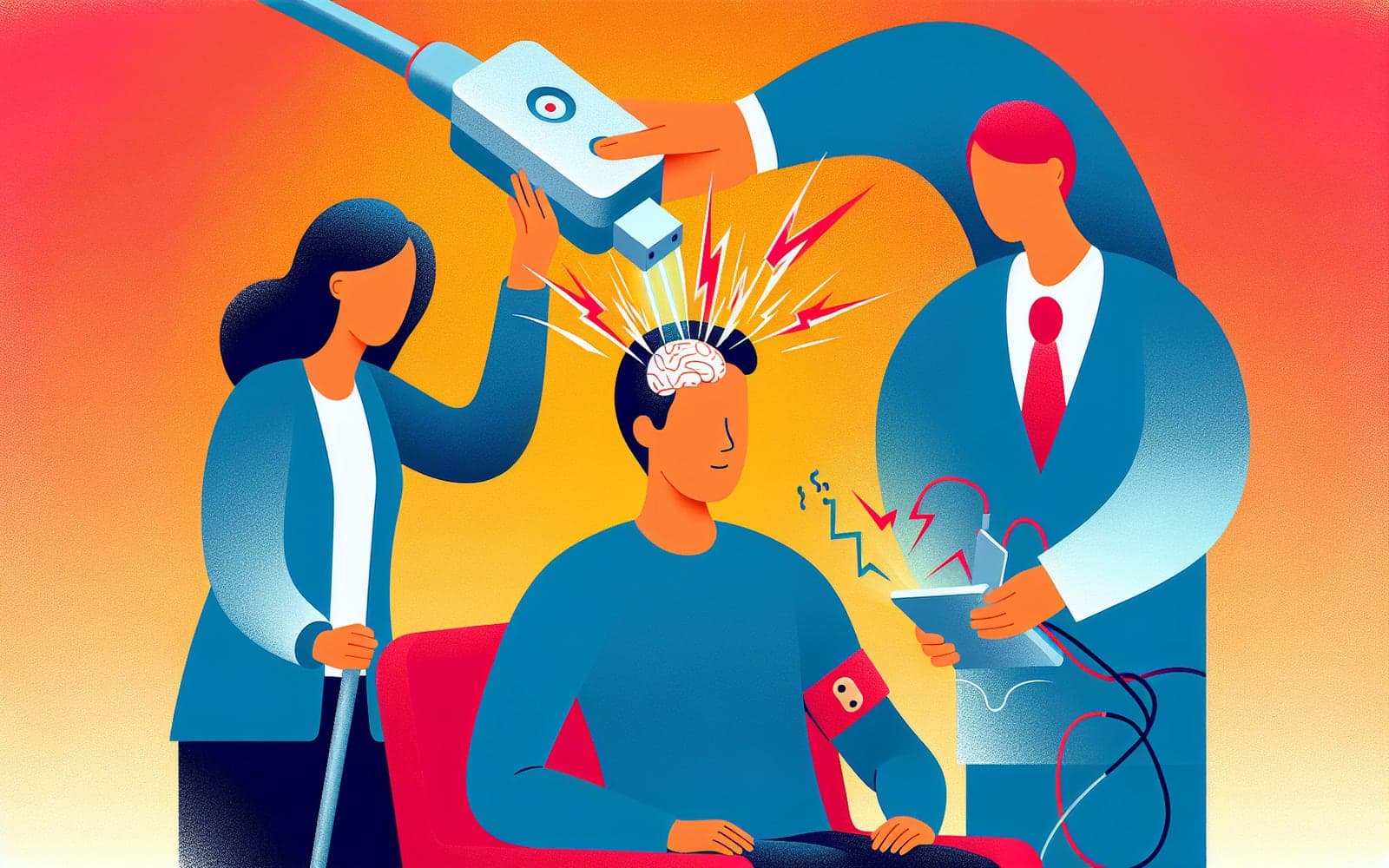Zapping Migraines Away? The Rise of Neuromodulation Devices
Published: Sep 11, 2024
As migraine sufferers seek alternatives to medications, neuromodulation devices are emerging as a promising option. But what exactly are these devices and how do they work?
Contents
The Science Behind the Zap
Neuromodulation devices use electrical or magnetic stimulation to target specific nerves involved in migraine. The idea is to disrupt the abnormal brain activity that leads to migraine attacks. These devices can be external (applied to the skin) or implanted, and they work by delivering controlled pulses of energy to specific areas.
Types of Devices
Several types of neuromodulation devices are available or in development. These include transcutaneous supraorbital nerve stimulators, which target nerves above the eyes; vagus nerve stimulators applied to the neck; and single-pulse transcranial magnetic stimulators that send magnetic pulses through the skull. Each type works slightly differently and may be more suitable for certain patients.

Effectiveness and Safety
Clinical trials have shown promising results for neuromodulation devices in treating acute migraine attacks. For example, one study found that external trigeminal nerve stimulation significantly reduced pain intensity compared to a sham device. These devices are generally considered safe, with few side effects reported. However, more long-term data is needed.
Frequently Asked Questions
Most require a prescription in the US.
Response varies, but many find relief.
Yes, they're often used as complementary treatments.
Coverage varies; check with your provider.
Key Takeaways
Neuromodulation devices offer a promising non-drug option for migraine treatment, but more research is needed to fully understand their long-term effects and optimal use.
Curious if a neuromodulation device might help your migraines? Let's discuss your options with Doctronic.Related Articles
References
Chou DE, Shnayderman Yugrakh M, Winegarner D, et al. Acute migraine therapy with external trigeminal neurostimulation (ACME): A randomized controlled trial. Cephalalgia 2019; 39:3.
Tassorelli C, Grazzi L, de Tommaso M, et al. Noninvasive vagus nerve stimulation as acute therapy for migraine: The randomized PRESTO study. Neurology 2018; 91:e364.
Always discuss health information with your healthcare provider.

